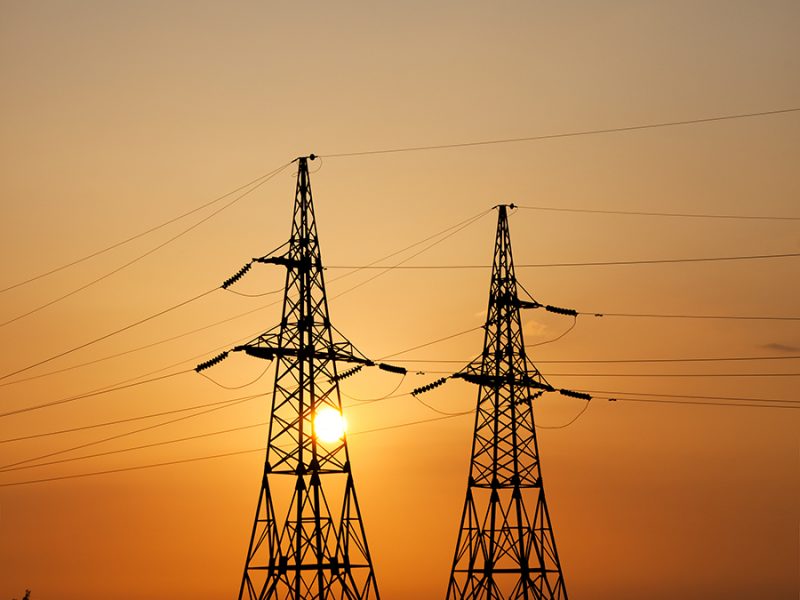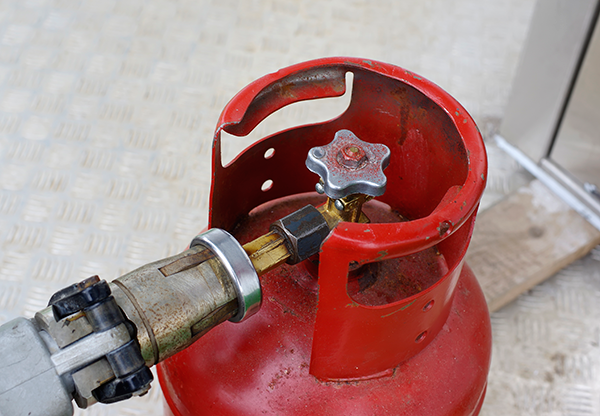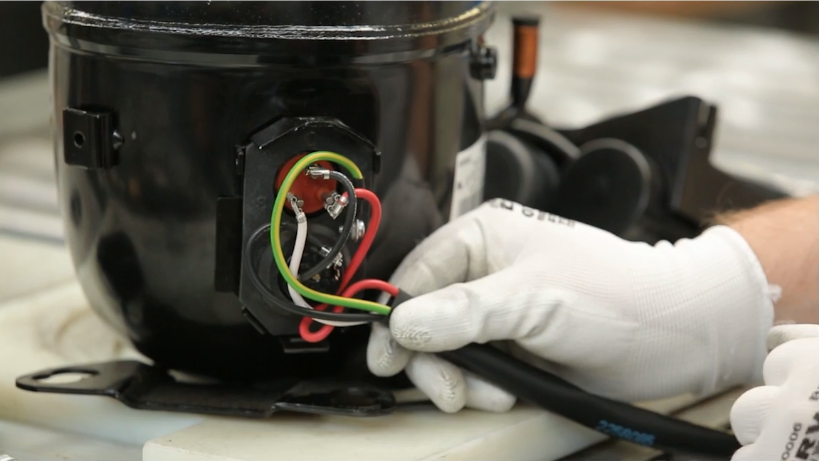It is necessary to pay attention to the features of each item of equipment, not to have a loss.
It is necessary to pay a lot of attention regarding the electrical voltage (also called voltage) and the frequency for which each item of electrical equipment is designed to function:
• 110V, 115V, 115-127V or 220V in the case of voltage;
• 50 Hz or 60 Hz in the case of frequency.
It should not be forgotten that countries adopt different standards and sometimes – as in the case of Brazil – there are variations in this standard in accordance with the region. Therefore, the suitability of appliance to the features of the place where it will be used should be checked.
This checking is even more essential in border regions – such as between Brazil and Uruguay or Paraguay –, as neighboring countries sometimes adopt different standards.
A curiosity referring to this variation existing between neighboring countries is the generation of energy in two different frequencies which occurs in the factory of Itaipu. As it is a factory which has Brazil and Paraguay as partners, it was defined that half the energy generated there would be in 60 Hz (standard used in Brazil), while the other half would be in 50 Hz (frequency of Paraguay).
However, as Paraguay does not use all the energy to which it has right, a part is sold to Brazil. Thus, the energy generated in 50 Hz needs to be converted in a plant to 60 Hz, to be able to be transmitted and distributed to Brazilian consumers.
Variations in supply
In the case of voltage, besides the concern with the level for which the equipment was designed, it is necessary to be attentive to the variations which occur in supply by the electricity dealer companies. In nearly all the countries of Latin America, the voltage varies at peak consumption times. The same can occur in regions which are at the end of the distribution network.
As a general rule, refrigerators withstand fluctuations in the electrical network well. The Embraco compressors are designed to work with a variation of up to 10% for more or less related to the rated voltage (which, in the case of a compressor for 220V means being able to work with voltage between 198V and 242V).
However, when the voltage oscillations are greater, serious problems can occur in the equipment, in the same way as if they are connected at 220V having been designed for 127V.
• Voltages above the limit established for a determined appliance cause overload, damaging and often leading to it burning out. In the case of compressors submitted to these conditions, the thermal protector usually acts. Otherwise, the compressor will burn out.
• While in the cases in which the equipment is connected at a voltage below its specifications, burning out is rarer, but other types of problem can occur. It may simply not function, forcing the motor too much leading to damage to parts.
The recommendation of Embraco, in the cases of rated voltage supplied above or below the limit specified for the compressor, is to use a stabilizer of voltage to avoid this type of problem.
Another recommendation, which should be obvious but is sometimes forgotten, is to be attentive to the voltage specified for the compressor. In other words, use compressors 115-127V or 220V in accordance with the voltage used in the place.
Frequency: not everything is equal
It is also necessary to be attentive to the frequency for which the compressor was designed. The difference between 50Hz and 60Hz seems to be small, but the use of an inappropriate model can cause serious problems.
In the motors used by the compressors of Embraco, if the frequency is changed, the speed at which the compressor rotates is altered. A simple calculation suffices to know that the frequency of 60 Hz is 20% greater than 50 Hz. This means that, if a compressor of 50 Hz rotates at 3,000 rpm, one of 60 Hz applied in the same system will rotate at 3,600 rpm. In other words, it will require a greater capacity, which the compressor cannot supply.
An example which shows this difference clearly is a refrigeration system which, in 60 Hz, uses 1¼ HP and will need, in 50 Hz, a compressor of 1½ HP.
The main reason not to use a model with the inappropriate frequency is the possibility of burning out the compressor, which will occur if the thermal protector does not act. On the other hand, if the thermal protector acts too much, the compressor will lose capacity.
Safety preserved
Furthermore, there is the issue of safety, as there is a growing possibility that the technician and/or user undergo electric shocks. Regarding this issue, it is important to recall certain recommendations of Embraco so that the work with compressors occurs with total safety.
Thus, it is recommended that, before connecting a compressor, the technician should certify that the following conditions are fulfilled:
• The voltage on the label of the compressor must be appropriate to the electrical network;
• In the case of single-phase installations, the Phase wire must be protected by a circuit breaker and connected to the thermal protector; the Neutral wire must be connected to the start device (relay or PTC); and the system must be grounded;
• In the case of two-phase installations, a double-pole circuit breaker must be used, which protects both the power supply phases if there is a short circuit. Furthermore, the system must be grounded.
The safety manual prepared by Embraco also highlights that the application of a compressor in the incorrect voltage can generate a short circuit in the region of the hermetic terminal. This can cause the hermetic pins to be expelled and lead to leakage of the cooling fluid.
When inflammable cooling fluids are used (such as R600a and R290), this situation can lead to the generation of flame and the risks associated therewith.
The same risk of short circuit in the region of the hermetic terminal, with the same consequences, occurs in the case of not using a double-pole circuit breaker.



